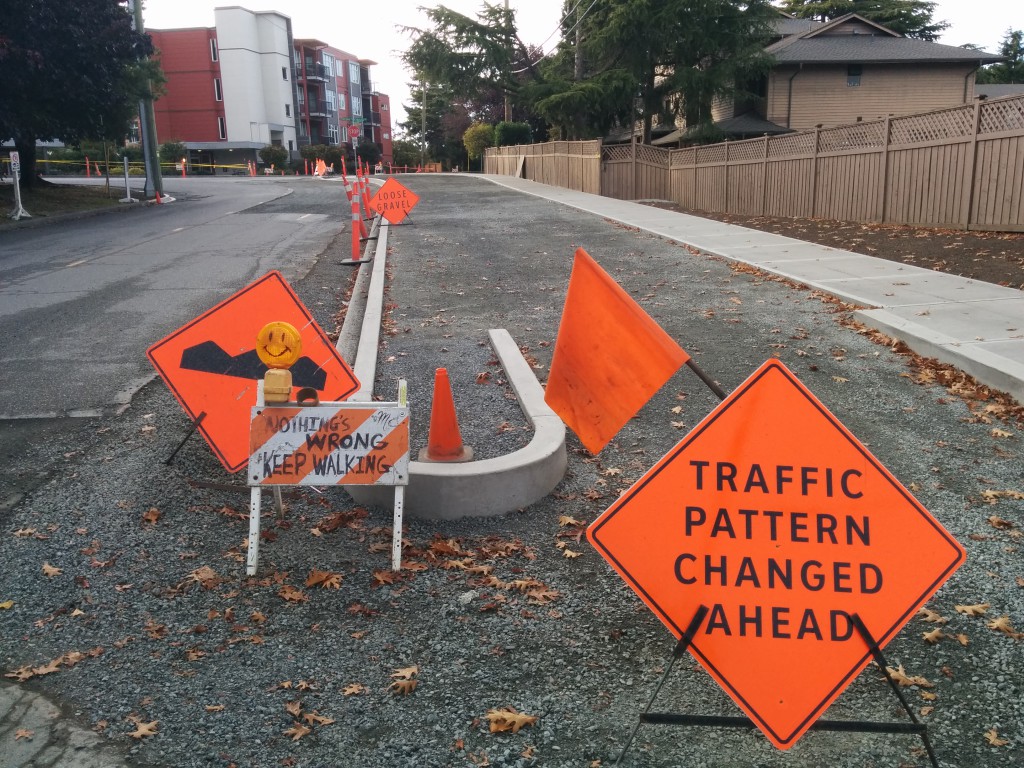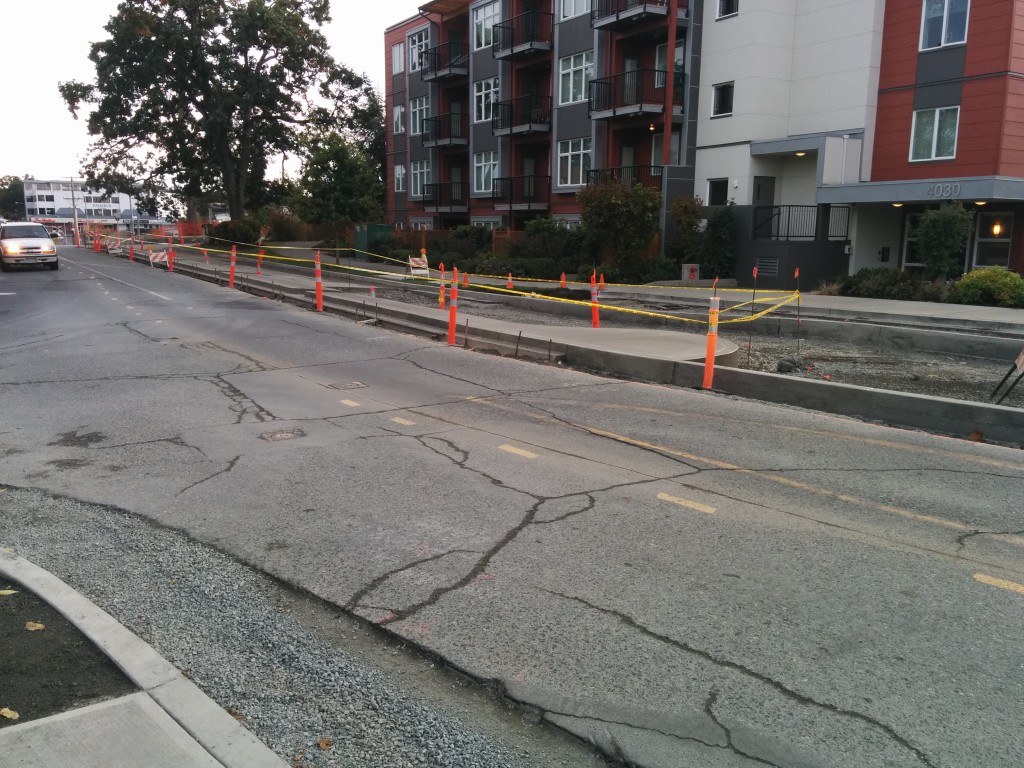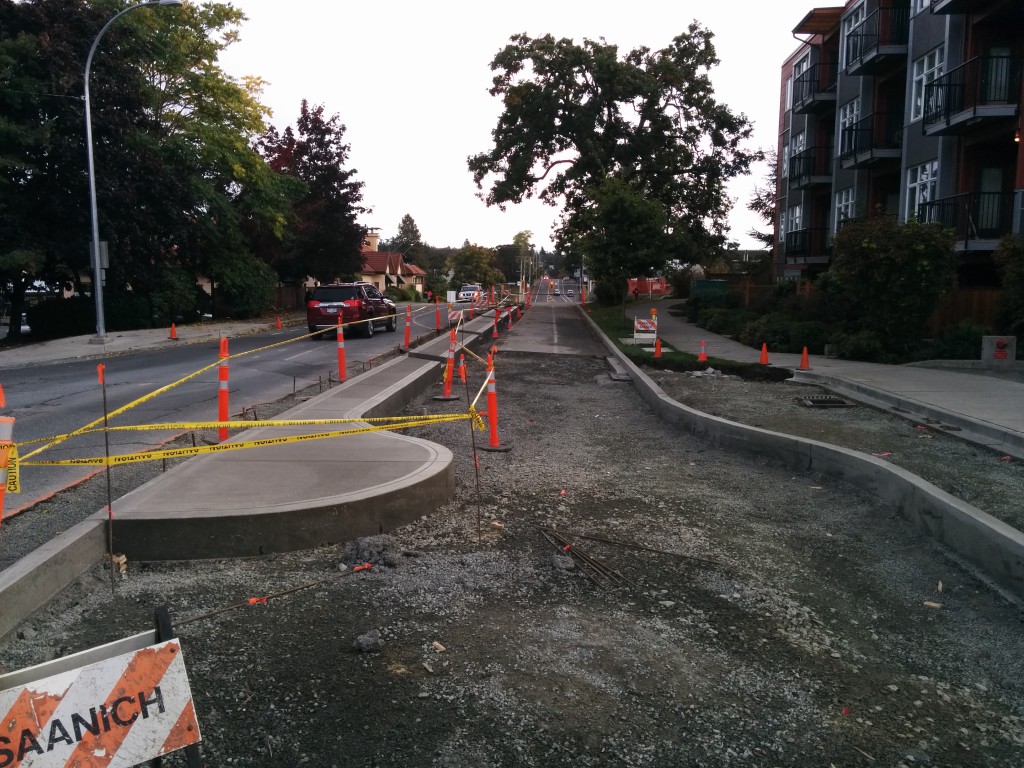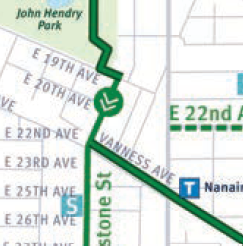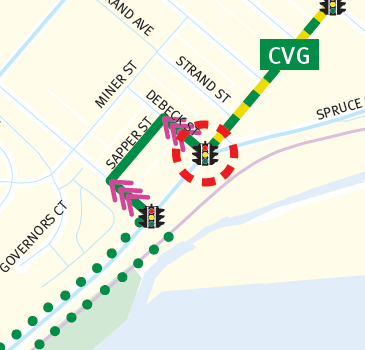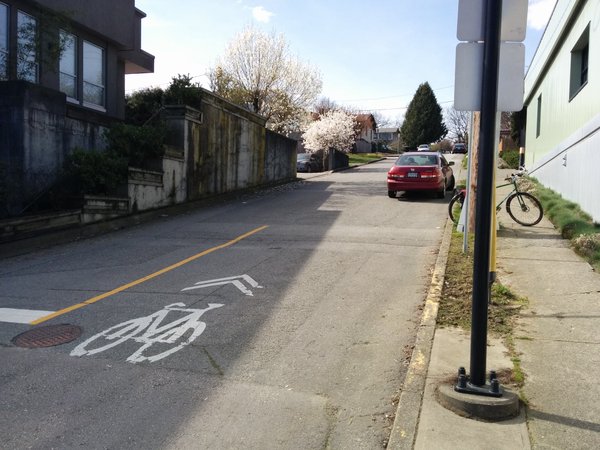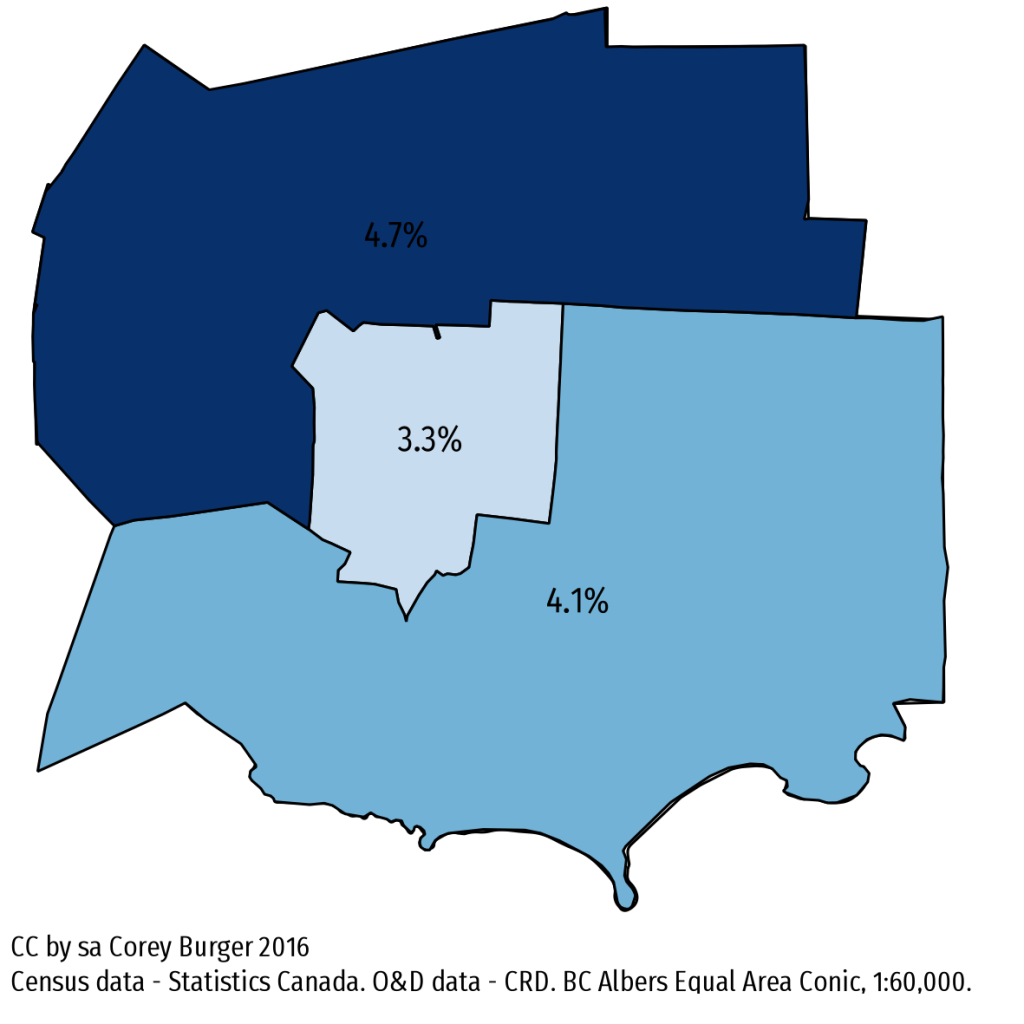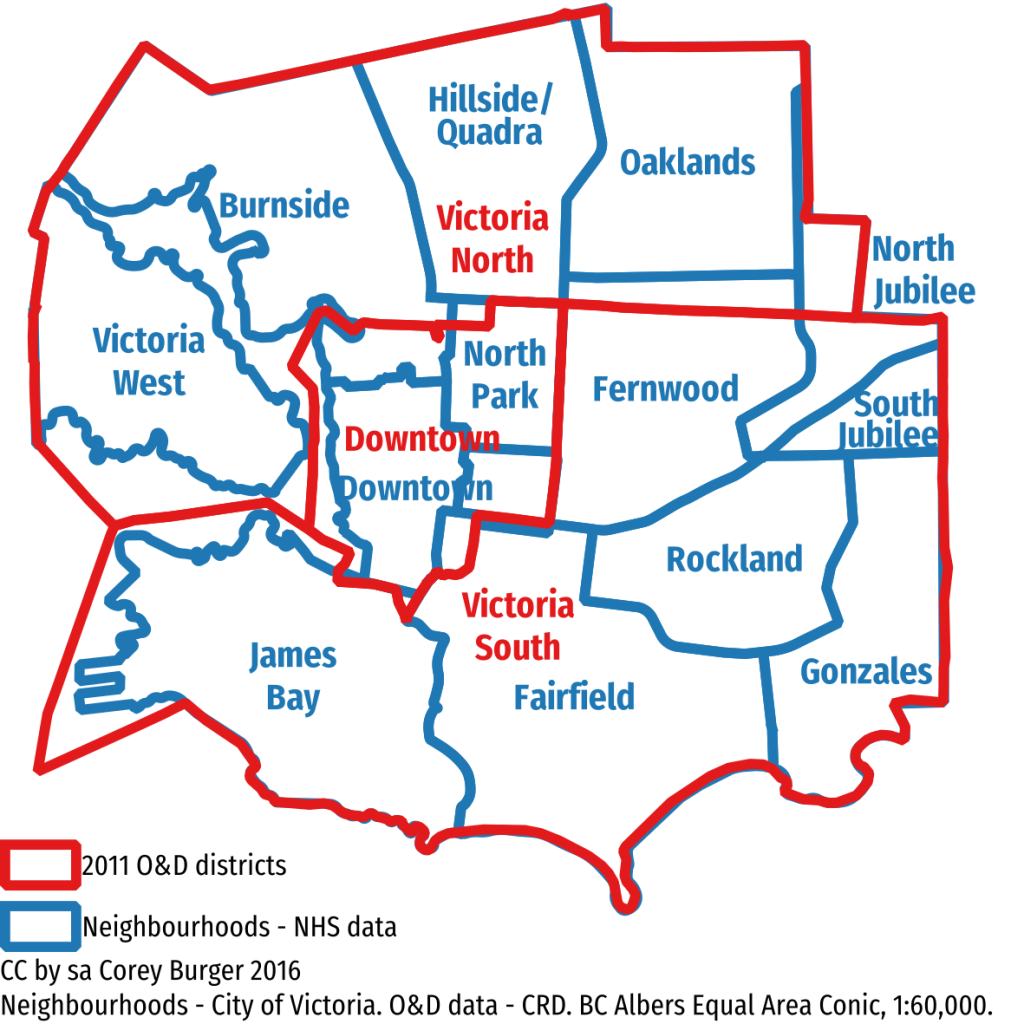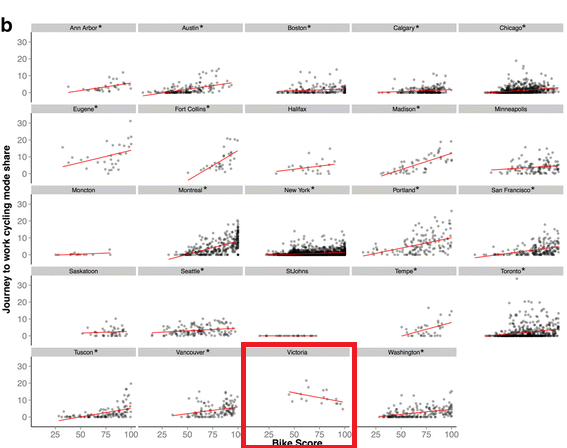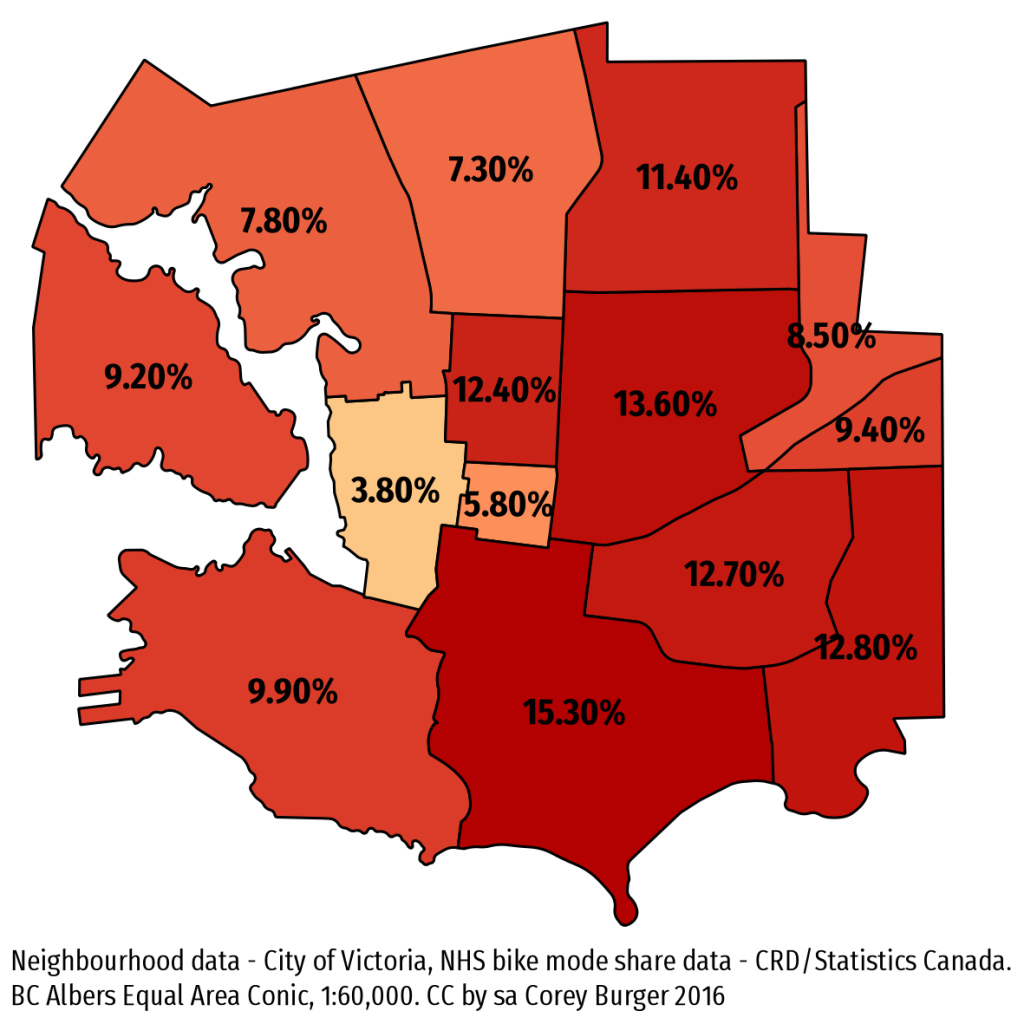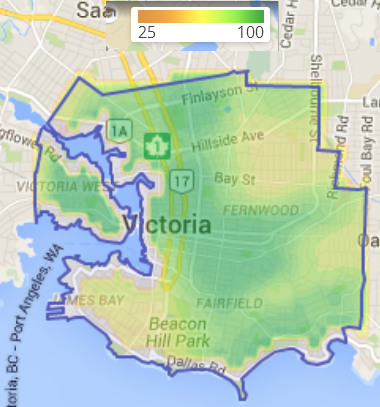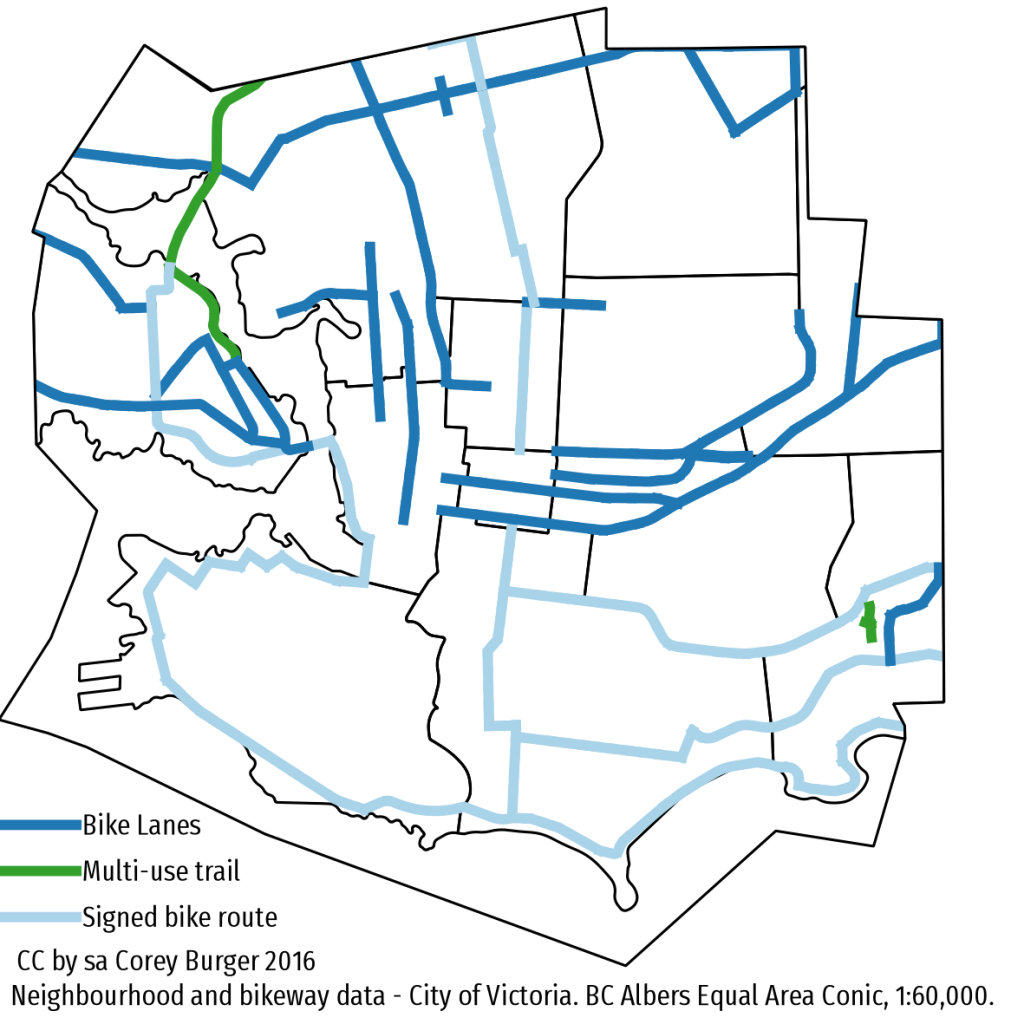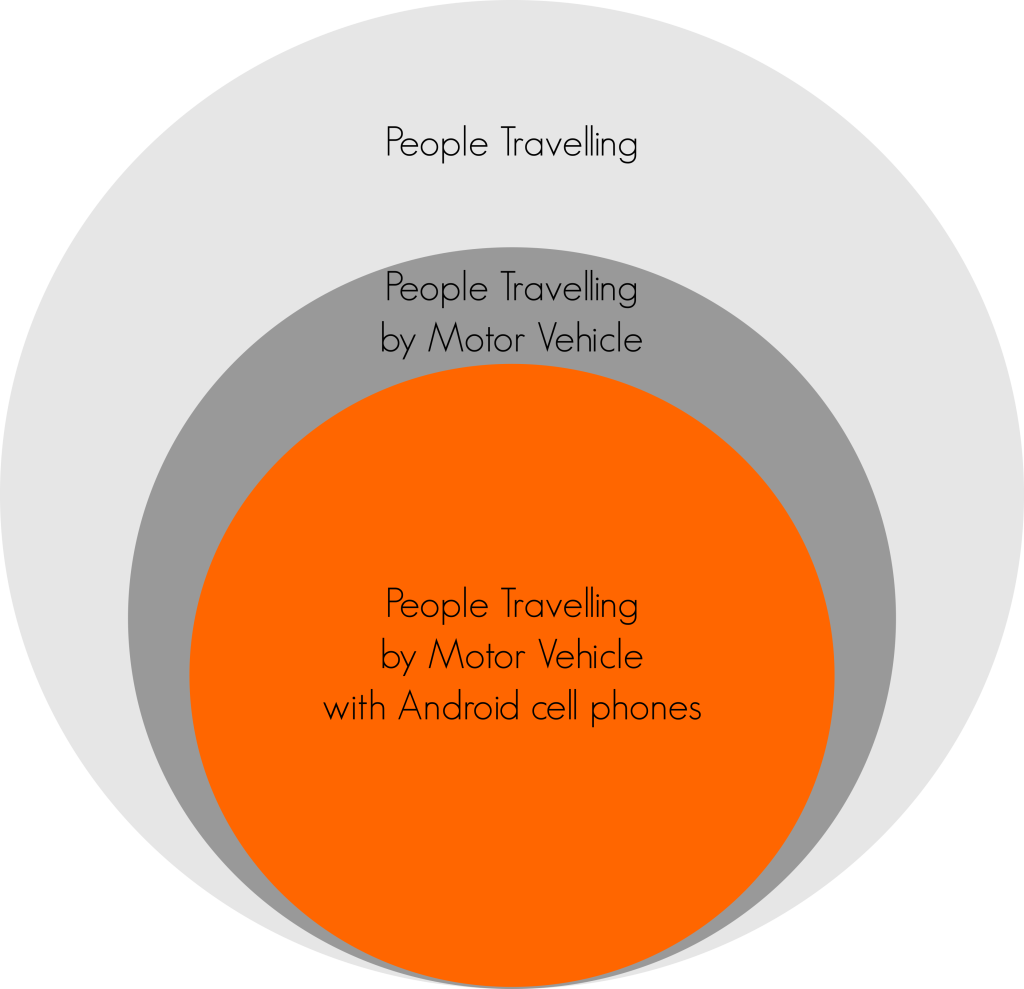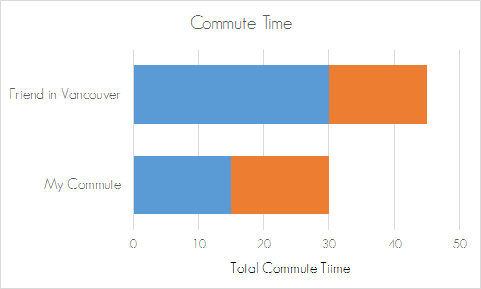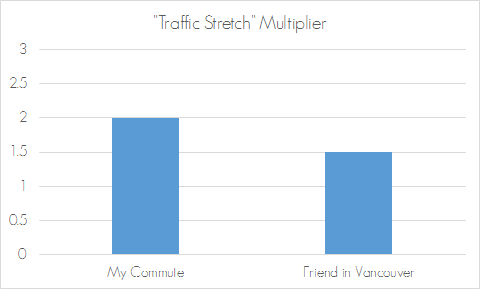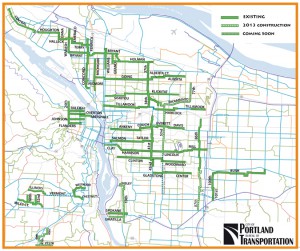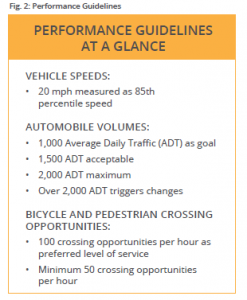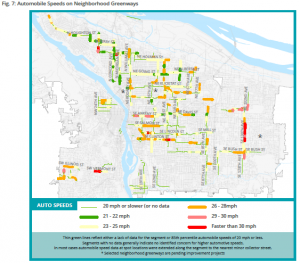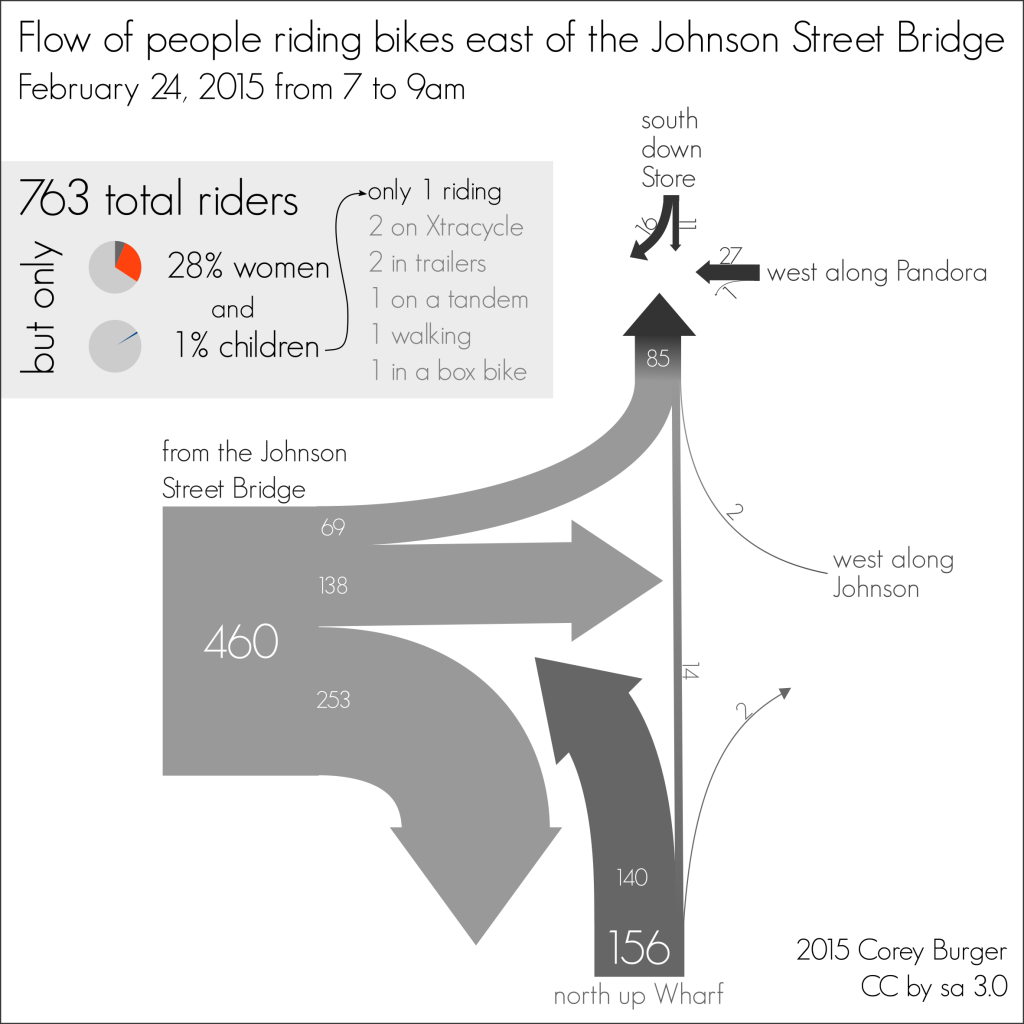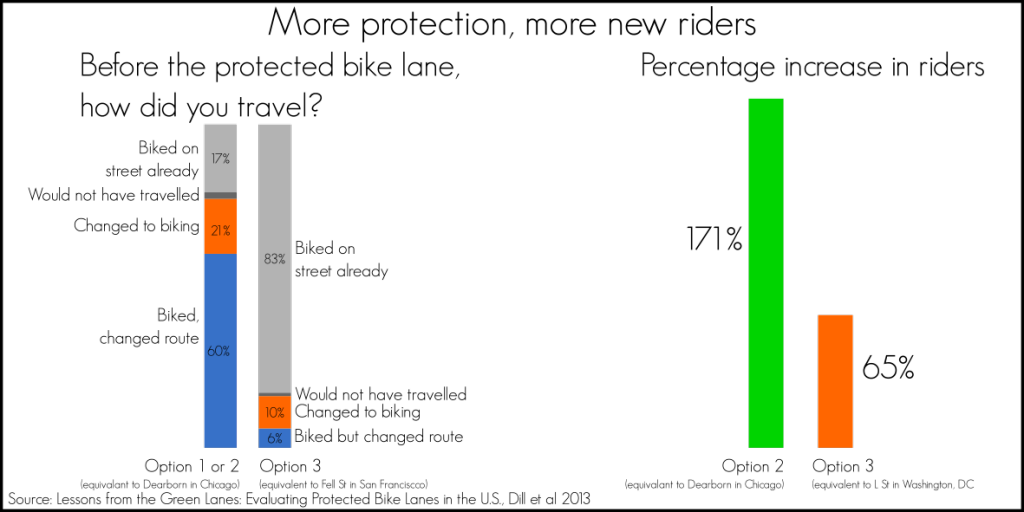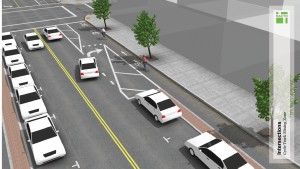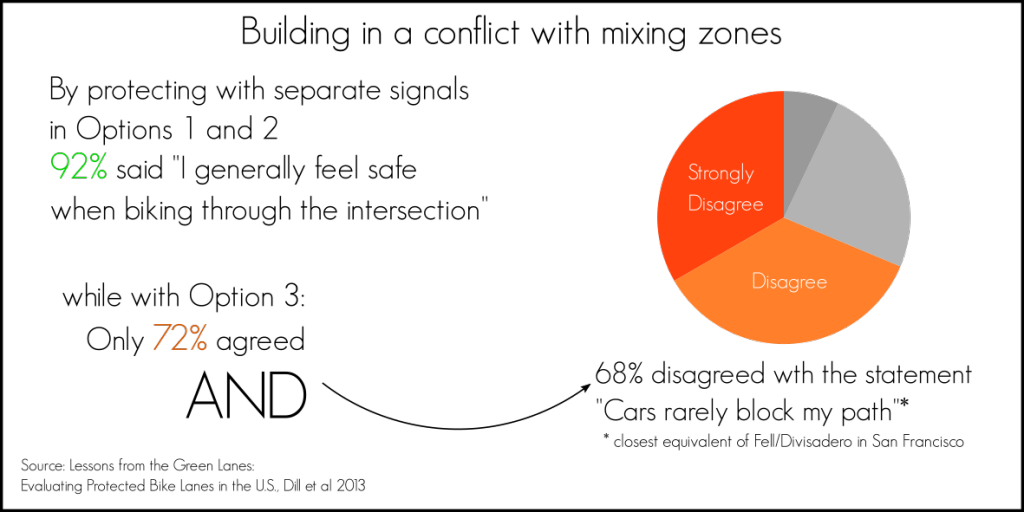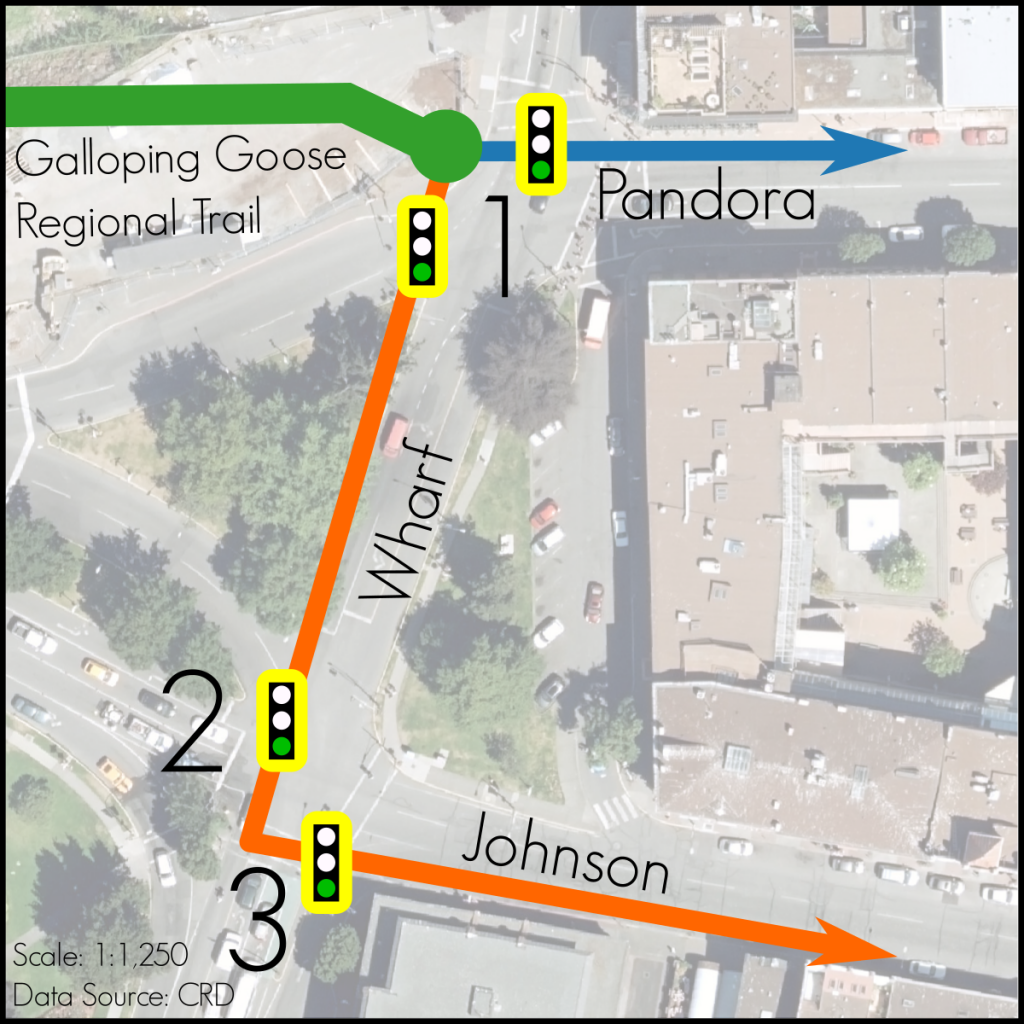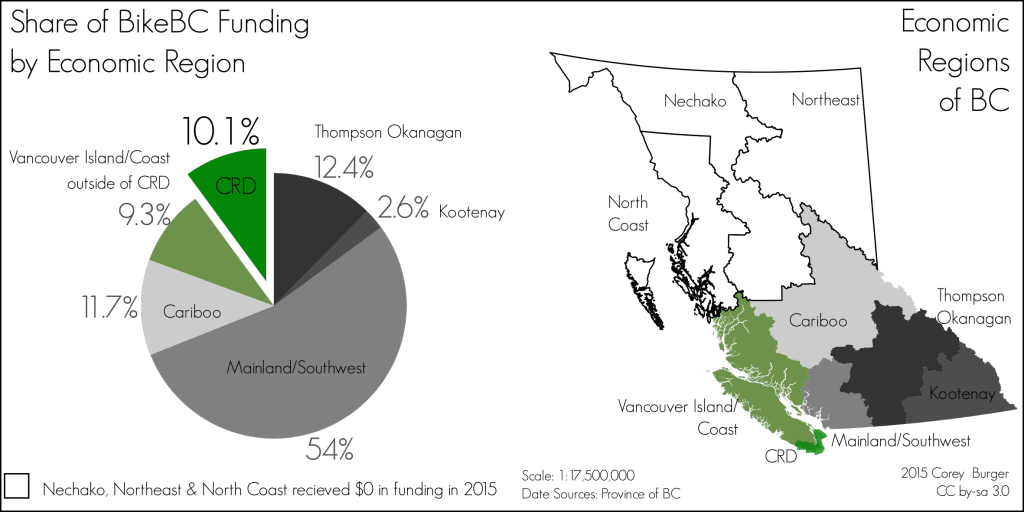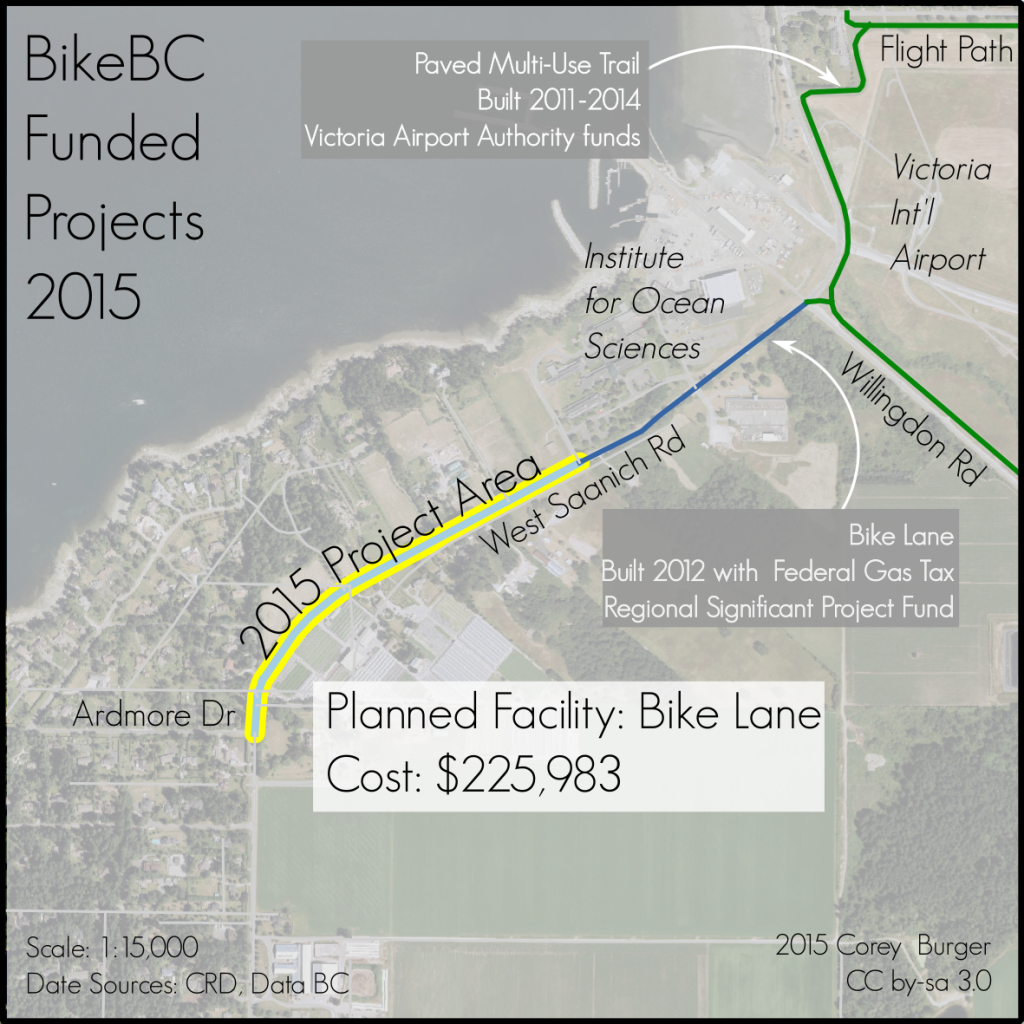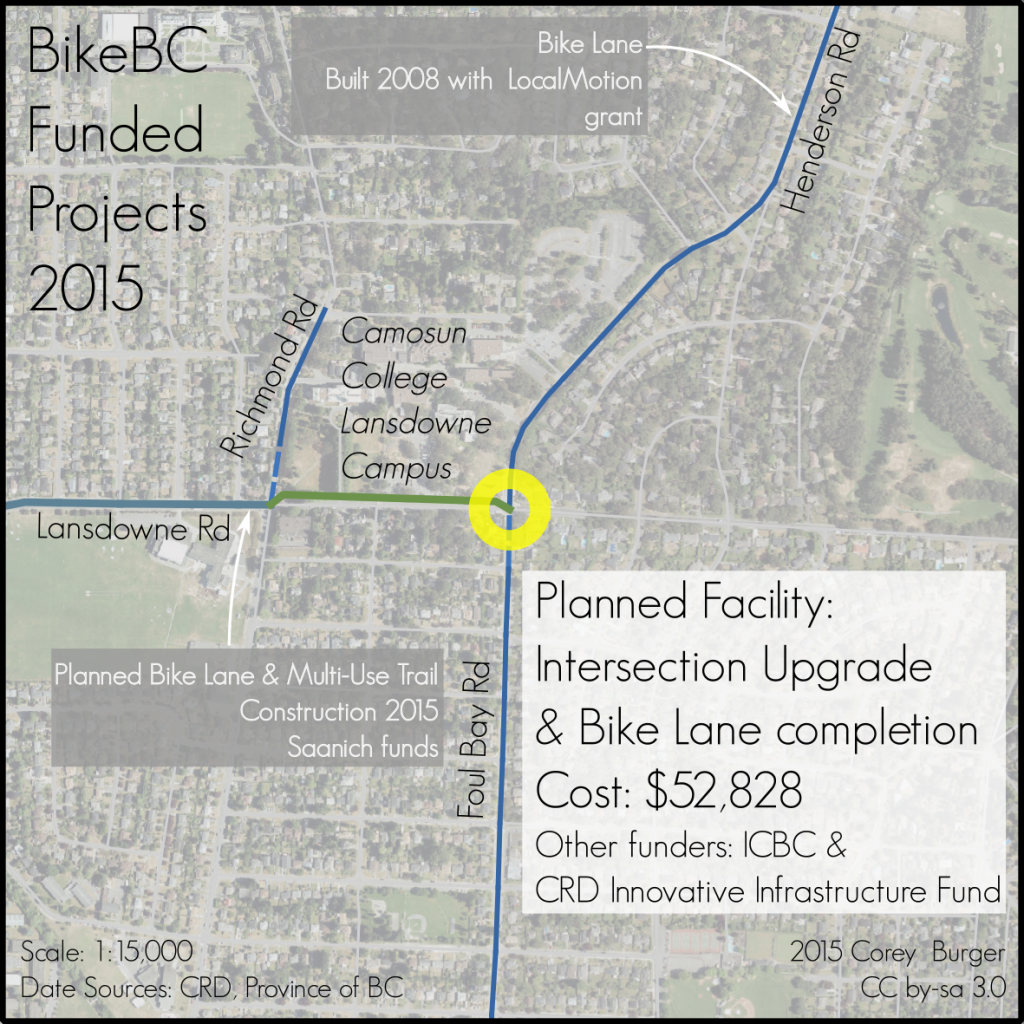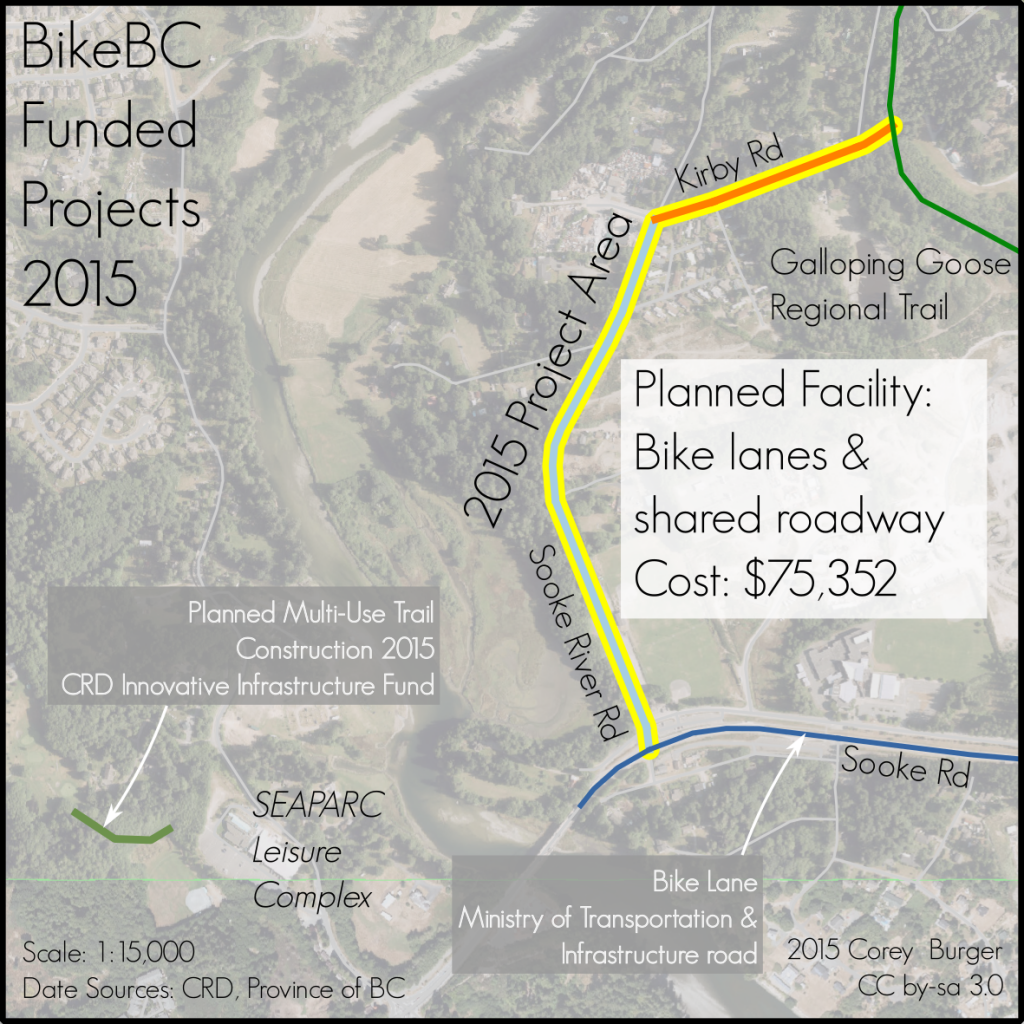So there is a viral post running around from Grist that people are saying means that due to modest drop in emissions due to the pandemic, individual action is useless for combating climate change. The amount wrong about this statement is huge, but let’s dive in.
Why listen to me?
First, a bit about me. I am a Data Analyst with Malatest. My day job is to validate household travel studies. Prior to that, I worked at CRD Regional & Strategic Planning implementing the regional pedestrian & cycling plan. And I have been a board member with two local biking groups – Bike to Work and the GVCC, where I have been both president and have lead infrastructure & policy advocacy for four years. I know a fair amount of transportation emissions & why they happen. And importantly, I’ve done a tonne of work on the why behind them, looking at before and the consequences of after.
The world hasn’t actually stopped
Emissions have dropped, but to say that the world has stopped is a gross over-exaggeration. A lot of carbon-intensive activity is still happening – ships are still moving, motor vehicle traffic volumes are down but not stopped, etc. An example: my job has transitioned to work from home, but my wife, who works in health care, is still driving her car to work.
What is meant by “individual” action?
One big problem – the definition of individual action. If you narrowly define it as “what a person does themselves” and ignore the impacts that has on the wider world, maybe people have a point. But that’s not the reality. Individual and Collective (cultural, institutional, industrial) actions are bound up together and cannot easily be unwound.
So let’s look at transportation, my area of expertise
On the face, transportation is a series of individual actions – how am I going to travel today? The location of the destination is partly individual, partly collective. So are the transportation connections. Collectively, at least in North America, we have made choices to separate destinations and prioritize motor vehicles. But bound up within those collective actions are a whole bunch of individual actions.
Let’s use a very personal example – where I live & where I go to work
We bought my house (an individual action) near a trail so that I could ride to work. That trail was built as a collective action, but within that are a few key individuals. The politicians and staff that chose to support it and the public and advocates that pushed for it.
Part of the reason I chose my work (an individual action) is because it is downtown. I like working downtown and what it affords me. But downtown is a collective action to build a place for people and the decisions that made downtown are collective.
My work is also on a protected bike lane. While on the face a collective action, the how and why of Pandora is a series of individual actions, from politicians choosing to support it, staff deciding how to build it and advocates (including myself) working to influence & support both.
| Individual | Collective | Key Individuals within Collective |
| House location | Zoning bylaws | Politicians & advocates |
| Work location | Zoning bylaws Cultural choices about work location | Company owners Politicians |
| Transportation connections | Building trails & roads | Politicians Advocates Staff |
A larger example – how do bike lanes get built?
Let’s look at another example – bike lanes and how they get built. On the face, a collective action. They are built by governments. But let’s peel that back a bit.
Our region started seriously building bike lanes in the early 1990s, after a few false starts. Those lanes and the plans that followed are collective, but if you look at who was involved, the number of individuals rapidly shrinks to dozens at most. Key staff and politicians chose to support the lanes and the plans.
Look more recently – the biggest fights over bike lanes (and to a less extent other sustainable transportation options) come from parking. On the face, fighting for parking is an individual action, much like choosing to ride a bike. But both are inexorably bound up in the larger cultural, collective issues. And individual actions to fight for parking over bike lanes has had big impact on where and when bike lanes get built.
Beyond transportation – how do I heat my house and cook?
My wife and I recently decided to change out our heating method and stove. Again, on the face an individual action. Currently we use electricity for both – baseboards and an electric stove. We’ve been talking over this for a year or so, initially we were going to go with gas for both, but recently decided to stick with electricity. Why?
The individual choice of going with gas seemed good initially – gas is nicer to cook with and heat a house. But I was also concerned with the growing climate & environmental impact of gas – an individual decision. But there are a bunch of collective actions in there was well: incentives by governments to heat with electricity, work by climate orgs to highlight impact of gas, and industry creating better ways to cook with electricity (induction).
Emissions are highly personal
This is to say, not everybody has the same impact. Low income people, especially in low income countries, have very small impacts on the overall climate, regardless of how many children they have. High income people, especially in high income countries like mine, have huge, disproportionate impact on the climate.
Be careful about falling into lazy thinking, especially when that thinking has some seriously racist undertones. That graph that popped up purporting to show climate impacts of actions? That’s one of those examples. Flight shaming a-ok, kid & food shaming, not so much.
This is all a feedback loop
In the end, we cannot ignore either individual or collective actions. They both feed back into themselves, in a positive (or negative) feedback loop. We absolutely need people to work on individual actions, but we need to make sure our collective actions are working as well.
Advocacy is about levers
One thing I have learned in the past few years is that advocacy is about levers – where you place them and how hard you push. This works both ways – sometimes you don’t need anything more than a light, individual touch to get collective action moving. Sometimes you need everybody jumping up and down. And sometimes you just need to give up.
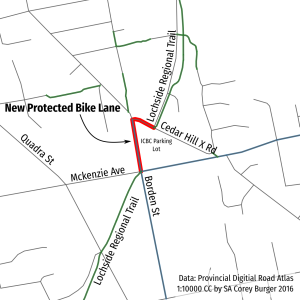 Saanich is working right now to close one of the worst gaps on the Lochside Regional Trail – the missing link from McKenzie Ave to Cedar Hill X Rd.
Saanich is working right now to close one of the worst gaps on the Lochside Regional Trail – the missing link from McKenzie Ave to Cedar Hill X Rd.